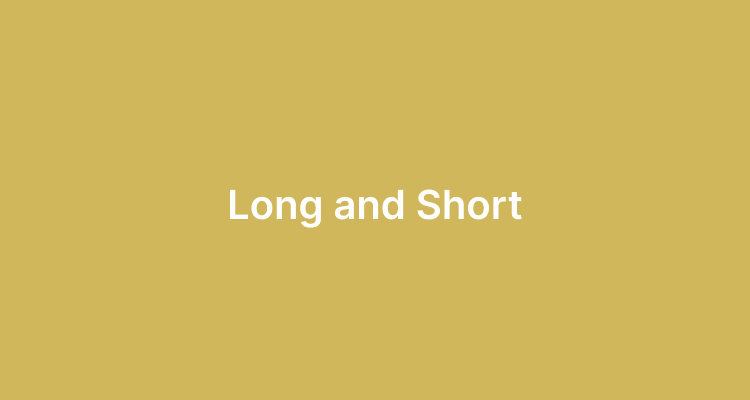Forex trading involves buying and selling currencies to make a profit. The concept is simple: buy low and sell high. However, to execute this strategy, traders need to understand the different trading positions they can take, such as long (buy) and short (sell) positions. In this article, we will provide a beginner’s guide to Long (BUY) and Short (SELL) positions in Forex trading.
What is Long Position in Forex Trading?
A long (buy) position in Forex trading refers to the purchase of a currency pair with the expectation that its value will increase over time. When a trader takes a long position, they buy the base currency and sell the quote currency. For example, if a trader expects the euro to appreciate against the US dollar, they would take a long EUR/USD position by buying euros and selling dollars.
What is Short Position in Forex Trading?
A short (sell) position in Forex trading refers to the sale of a currency pair with the expectation that its value will decrease over time. When a trader takes a short position, they sell the base currency and buy the quote currency. For example, if a trader expects the US dollar to appreciate against the Japanese yen, they would take a short USD/JPY position by selling dollars and buying yen.
Difference between Long and Short Positions:
The main difference between long and short positions in Forex trading is the trader’s expectation of the currency pair’s movement. A long position expects the value of the currency pair to increase, while a short position expects the value of the currency pair to decrease. Here are a few more differences between long and short positions:
- Long positions have unlimited profit potential, while short positions have limited profit potential.
- Long positions have limited risk, while short positions have unlimited risk.
- Long positions require more capital than short positions due to the potential for unlimited losses.
When to Take a Long Position in Forex Trading?
A trader should take a long position in Forex trading when they expect the value of the currency pair to increase. There are a few indicators that traders can use to determine when to take a long position, such as:
- Positive economic data releases
- Bullish technical signals
- Positive market sentiment
When to Take a Short Position in Forex Trading?
A trader should take a short position in Forex trading when they expect the value of the currency pair to decrease. There are a few indicators that traders can use to determine when to take a short position, such as:
- Negative economic data releases
- Bearish technical signals
- Negative market sentiment
Conclusion
Long (BUY) and Short (SELL) positions are fundamental concepts in Forex trading and understanding them is crucial for success in the market. By taking a long position, traders expect the value of a currency pair to increase, while taking a short position means that they expect the value to decrease.
It’s important to note that both long and short positions come with their own risks and potential rewards. Traders should carefully consider their trading strategy and risk management techniques before entering a position. Additionally, they should use a combination of technical and fundamental analysis to make informed trading decisions.
In summary, Long (BUY) and Short (SELL) positions are key concepts in Forex trading. By understanding the difference between the two and how to use them to their advantage, traders can improve their chances of success in the market. Remember, with proper risk management and a solid trading strategy, anyone can become a successful Forex trader.
